_______________________________________________________________________
A study of
ABERTHAW LIMEWORKS
On December the 22nd 1888
'The Aberthaw Pebble Limestone Company'
opened the lime works at Aberthaw near the coast of South Wales.
The owner David Owen was also the owner of the
local newspaper 'Western Mail' which still exists today.
Visit Date August 2023
_______________________________________________________________________
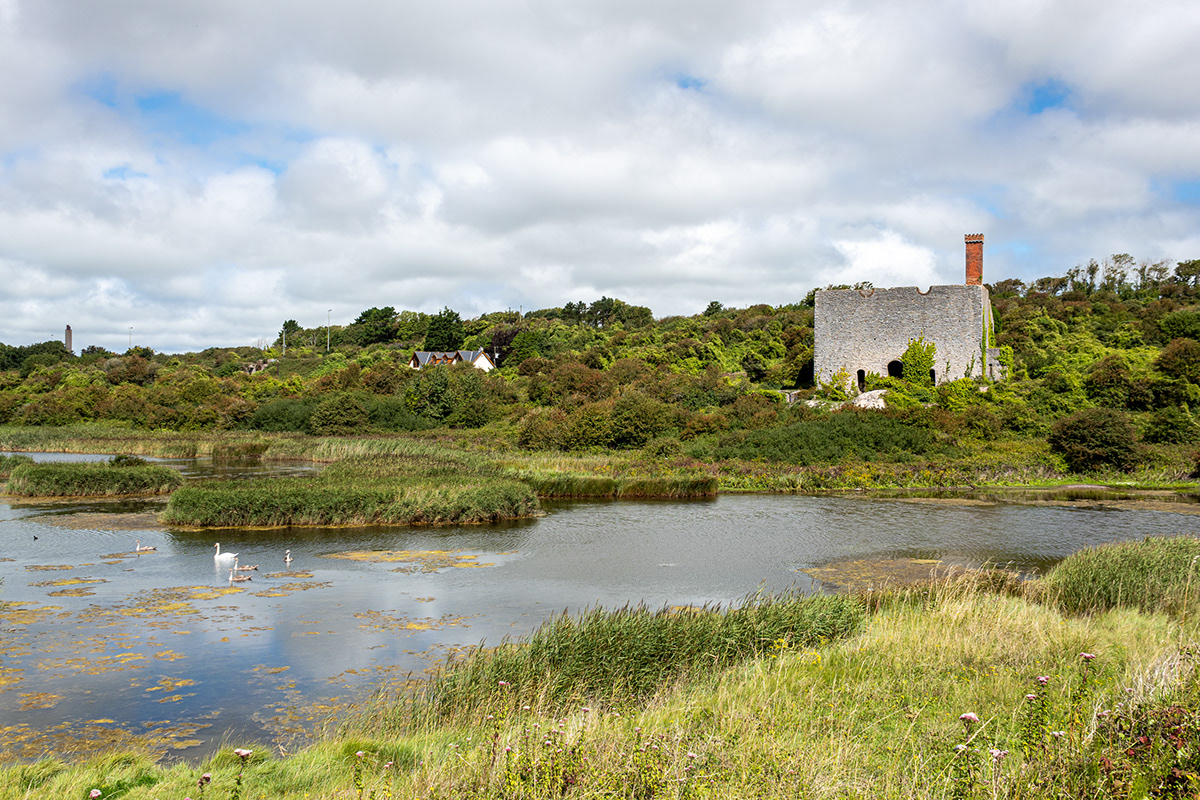
The works were primarily built to utilise the huge number of Limestone Pebbles that had previously been taken inland and were readily available.
The lime produced at Aberthaw was well known before the opening of the lime works and subsequent cement works. Experiments in 1756-7 were undertaken by John Smeaton to test the setting qualities of lime in seawater preparatory to designing and building the Eddystone lighthouse. Although Aberthaw lime was not used in the final construction of this lighthouse the fame it got from its inclusion of testing of materials to be used in the construction and its use in the actual construction of other docks, piers, harbours, ports and other lighthouses naturally led to increased demand which could not be fully met until this major new works was built.
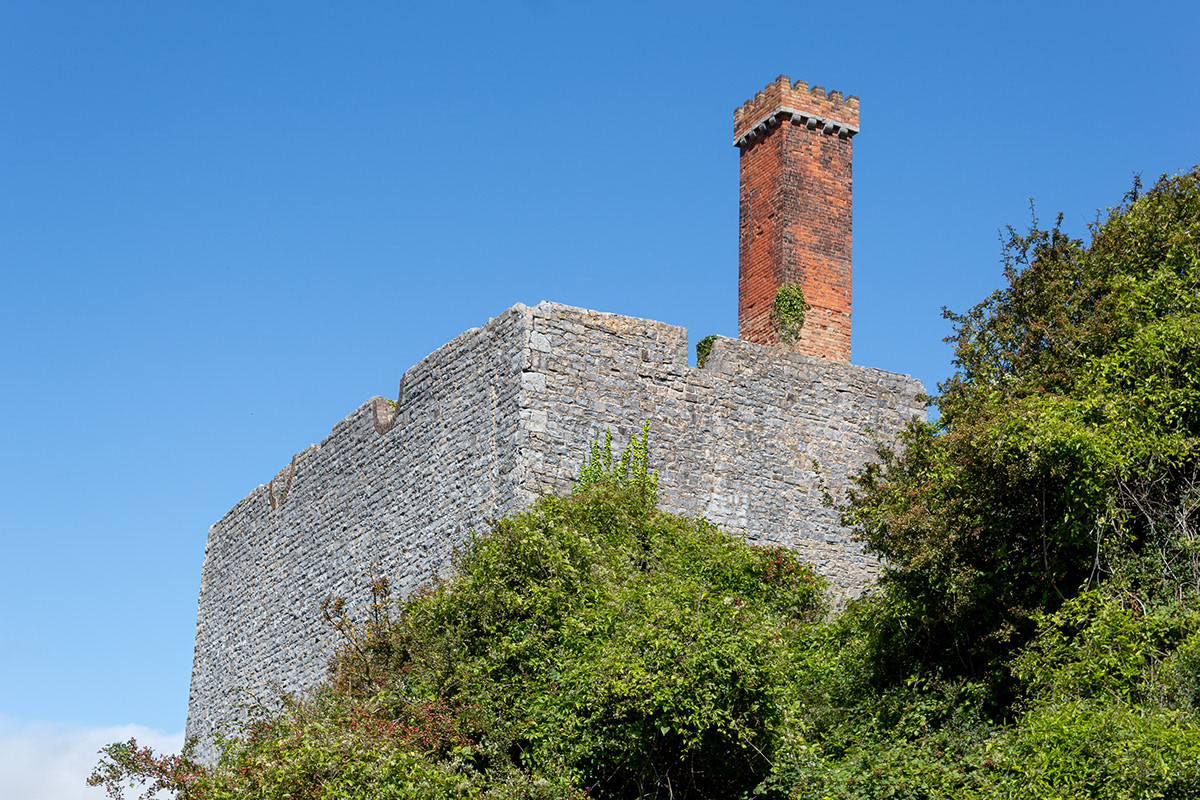
Aberthaw Lime mixed with Pozzolana and fired produced a remarkably hard lime mortar whose quality of setting under water proved invaluable and may have been the forerunner to Portland Cement.

Aberthaw Lime Works ran until its closure in 1926 and is now a derelict structure.
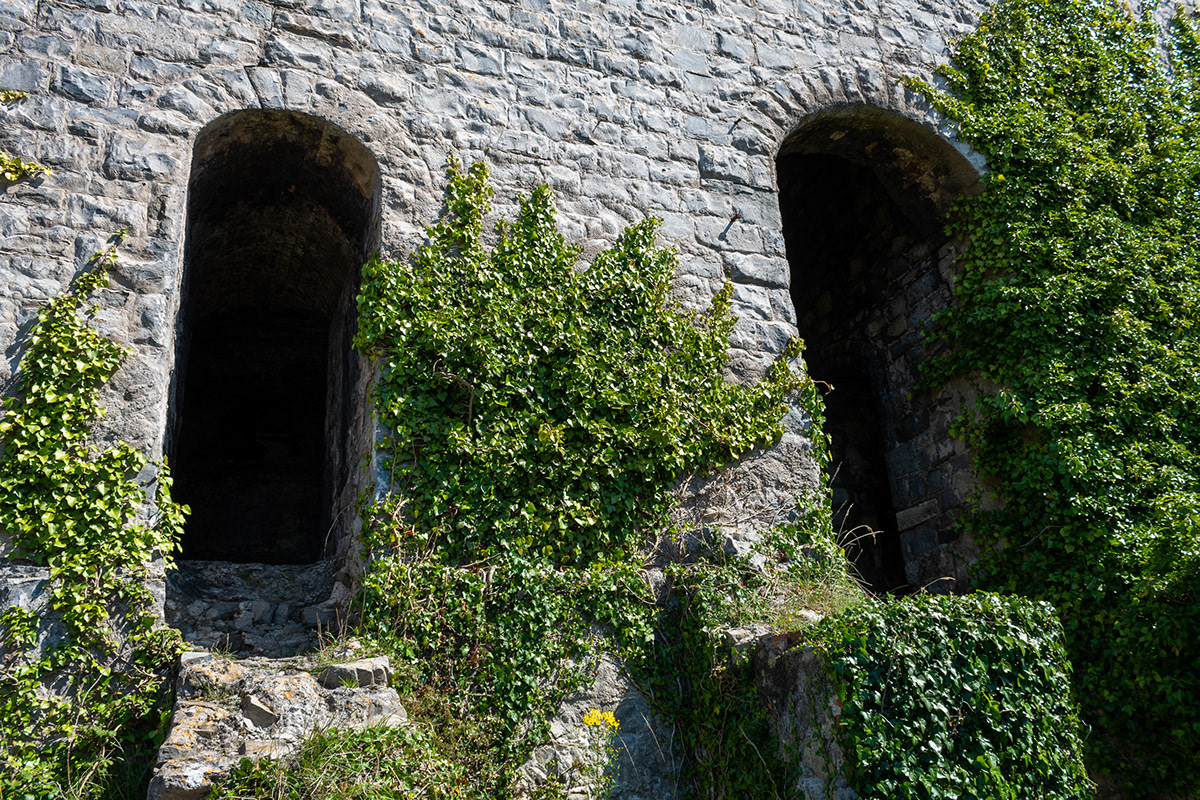
The local limestone and brick structure is still largely intact however there has been some work done to preserve what is left and the structure is now a grade II listed building.
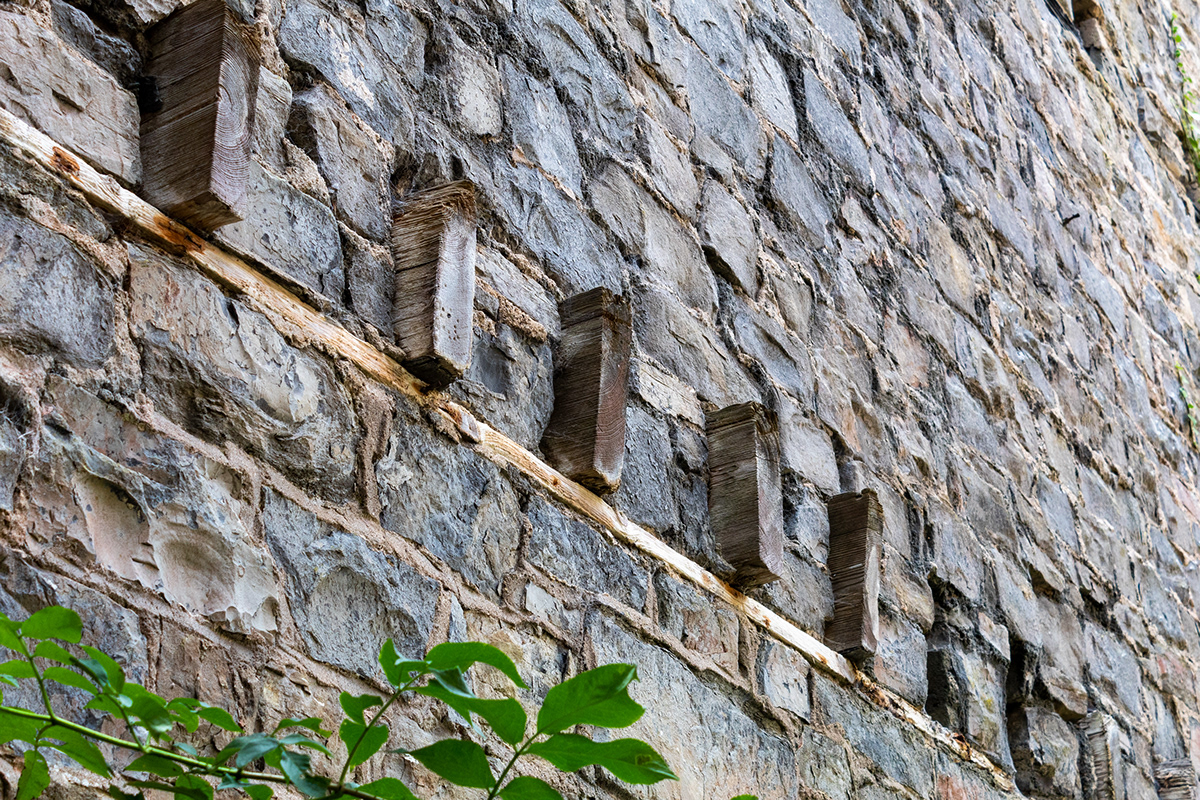
What we see today are 2 large vertical pot draw kilns that would have held up to 300 tons each and produced 40 tons of lime per day.
A tramway leading to the top of the kilns serviced the lime and coal for the kilns but this has now disappeared.
These wagons with the material would then have been winched to the kiln top by cables via a winding house which also has disappeared.
The lime would have been withdrawn from the bottom of the kilns again by trams and some of the track still exists and can be seen at the base of the kiln.
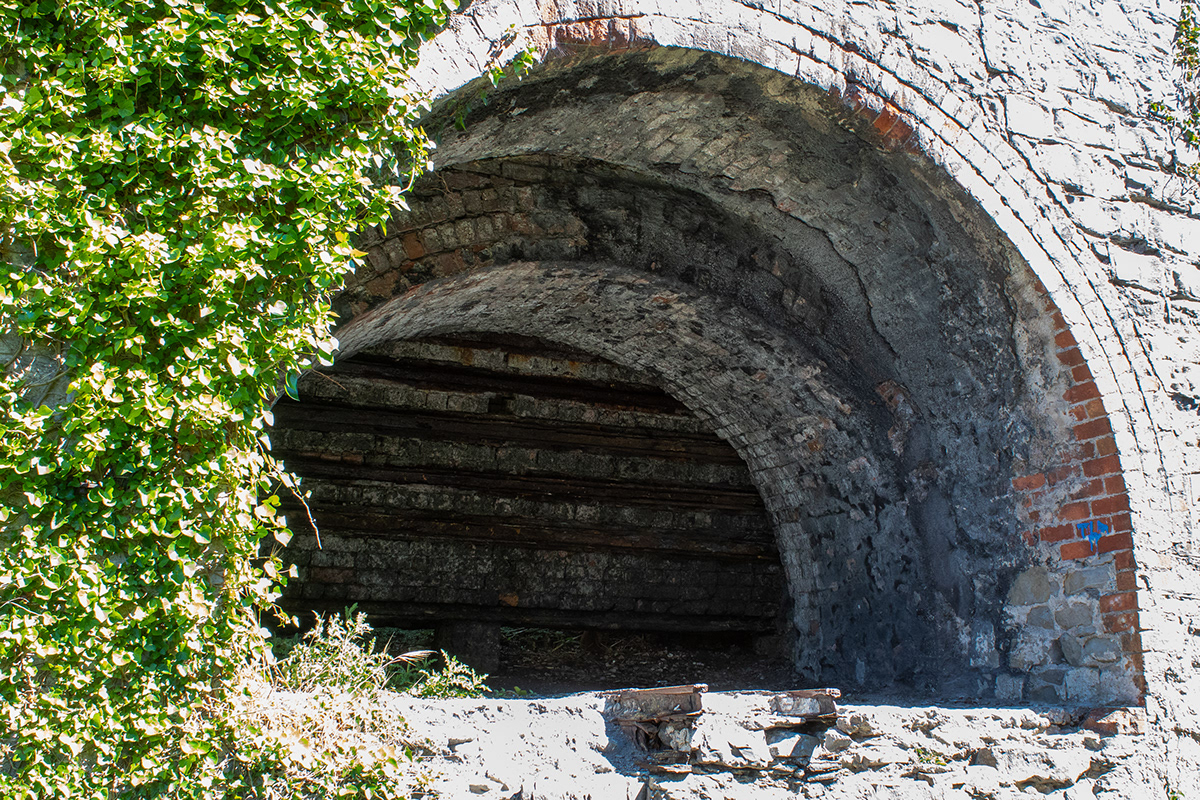
The surviving remains include roofless stone buildings which would have housed the crushing plant and boilers.


The square brick chimney can still be seen and is perhaps the most iconic part seen from a distance, alongside this would have been the engine house sadly this has been demolished.
The interior of the kilns is lined with firebrick and iron doors.
The carefully constructed stone-lined draught tunnels under the kilns can still be seen.


Although this works closed in 1926 cement is still produced in this area about 1km north of the site, at a factory founded in 1914. It receives limestone from an adjoining quarry.
Constructed near the south Wales coast, and despite being surrounded by trees it is still quite a landmark that can be seen from the coast if one walks along the Wales coastal path.
Its location is just east of the now decommissioned Aberthaw power station, whose tall chimney in the distance can still be seen dwarfing the lime works chimney.

Looking out to sea further the cold water inlet from the power station, which looks like something from a Star Wars movie, can be seen just off the coast close by.
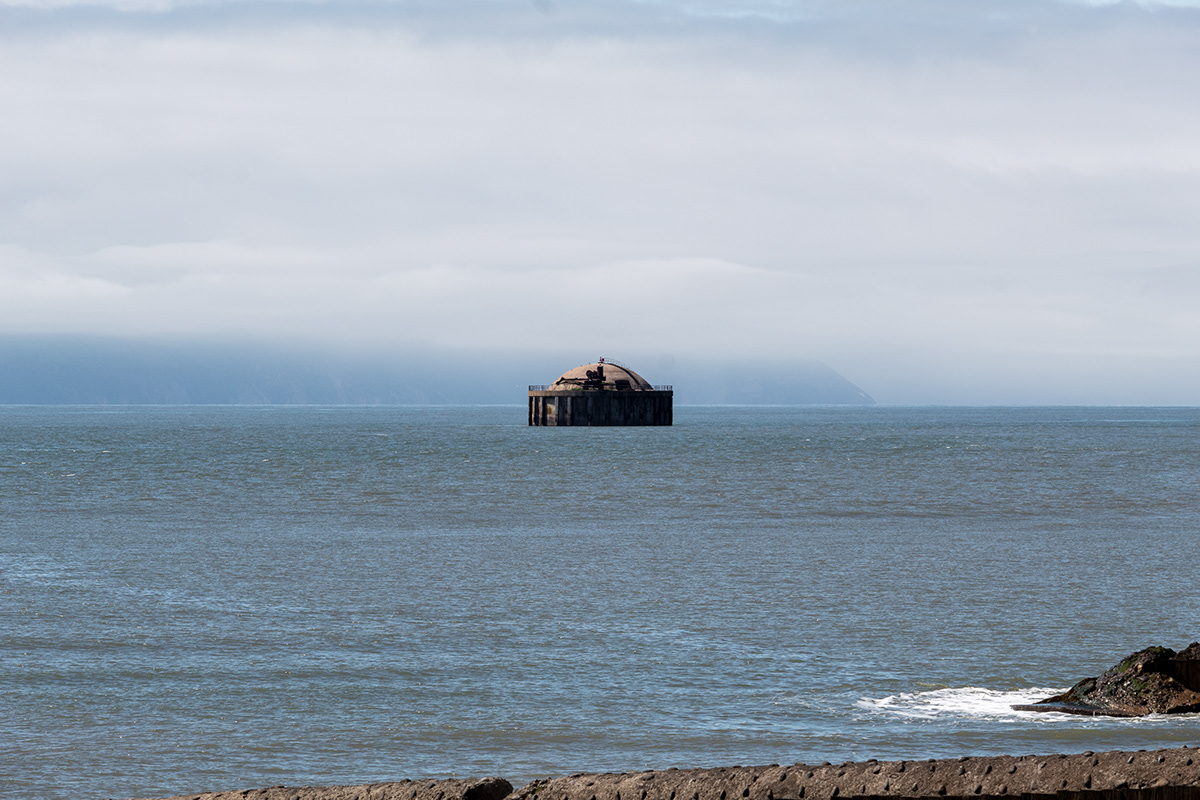
Thank you for viewing my project.
Google maps reference (51.38587662515887, -3.383564003219934)
